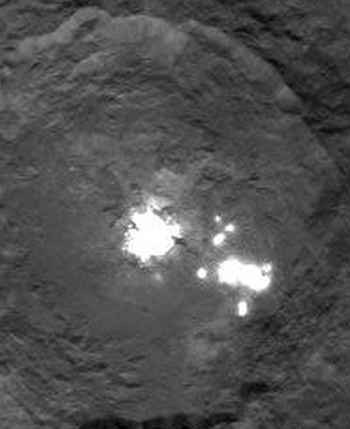Hawaii officials vote to limit access to Mauna Kea
Hawaii’s Board of Land and Natural Resources voted 5 to 2 on Friday to restrict access to Mauna Kea.
The rule restricts being within a mile (1.6 kilometres) of the mountain’s access road during certain nighttime hours, unless in a moving vehicle, and prohibits camping gear. It would allow construction to resume on the $1.4 billion Thirty Meter Telescope, the subject of months of protests. Many Native Hawaiians consider the mountain sacred. Camping was already prohibited on the mountain. “We need the tools to keep order on the mountain,” said board member Chris Yuen. “It’s sad that it has come to this point.”
Not surprisingly, the leader of the protesters said they would ignore the rule and continue their overnight protests.
Hawaii’s Board of Land and Natural Resources voted 5 to 2 on Friday to restrict access to Mauna Kea.
The rule restricts being within a mile (1.6 kilometres) of the mountain’s access road during certain nighttime hours, unless in a moving vehicle, and prohibits camping gear. It would allow construction to resume on the $1.4 billion Thirty Meter Telescope, the subject of months of protests. Many Native Hawaiians consider the mountain sacred. Camping was already prohibited on the mountain. “We need the tools to keep order on the mountain,” said board member Chris Yuen. “It’s sad that it has come to this point.”
Not surprisingly, the leader of the protesters said they would ignore the rule and continue their overnight protests.



